Optimal Seasons for Foundation Repairs
Foundation repairs are essential for maintaining structural integrity and preventing further property damage. Timing plays a crucial role in ensuring the effectiveness and longevity of repairs. Understanding seasonal and environmental factors can help determine the optimal period for addressing foundation issues.
Spring offers moderate temperatures and stable ground conditions, making it a favorable time for foundation work. Soil moisture levels are typically balanced, reducing the risk of further shifting after repairs.
Summer provides longer daylight hours and warmer weather, which can facilitate quicker project completion. However, dry conditions may cause soil contraction, potentially affecting repair stability.
Fall often features cooler temperatures and increased moisture, which can aid in soil settling. Scheduling repairs in early fall can minimize disruptions during colder months.
Winter presents cold temperatures and possible ground freezing, complicating excavation and curing processes. Repairs during this time may require additional precautions or postponement.
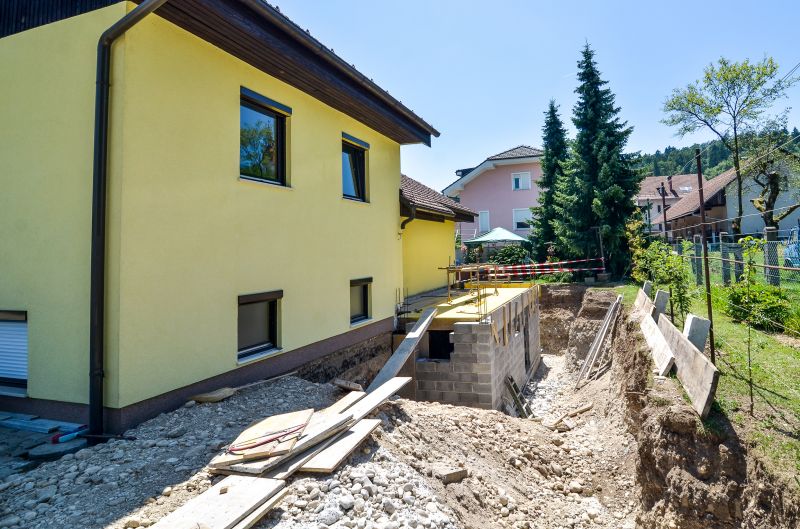
Ways to make Foundation Repairs work in tight or awkward layouts.
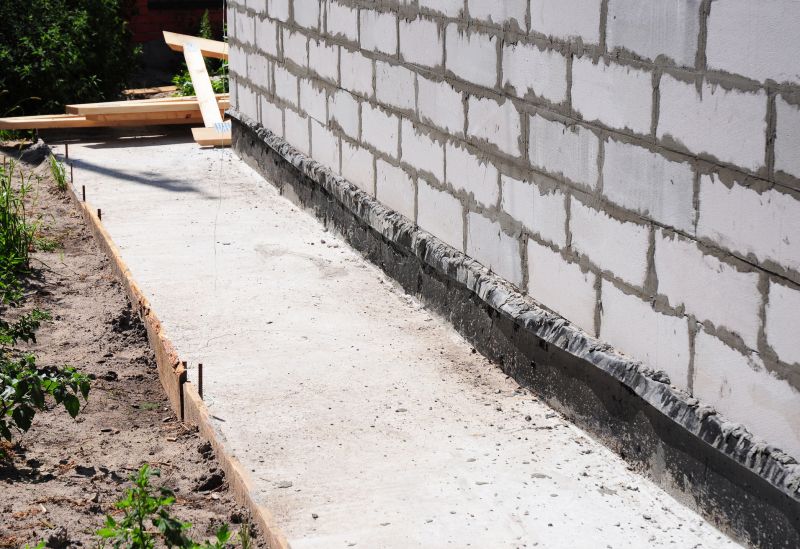
Popular materials for Foundation Repairs and why they hold up over time.
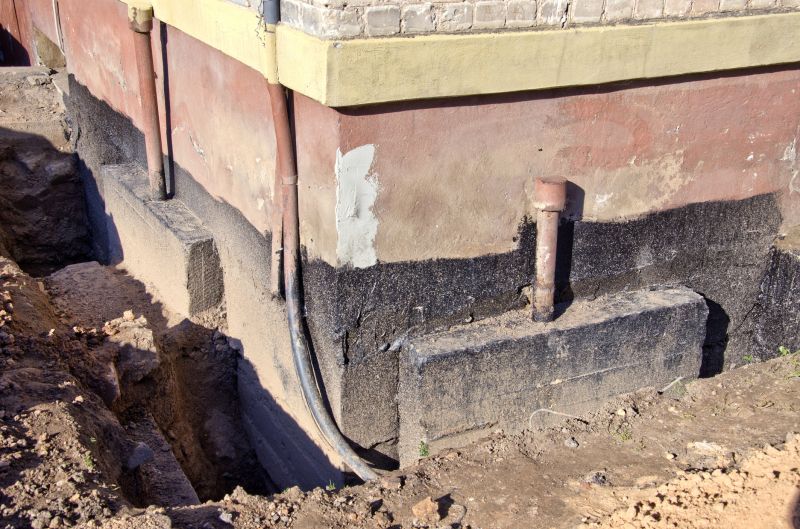
Simple add-ons that improve Foundation Repairs without blowing the budget.
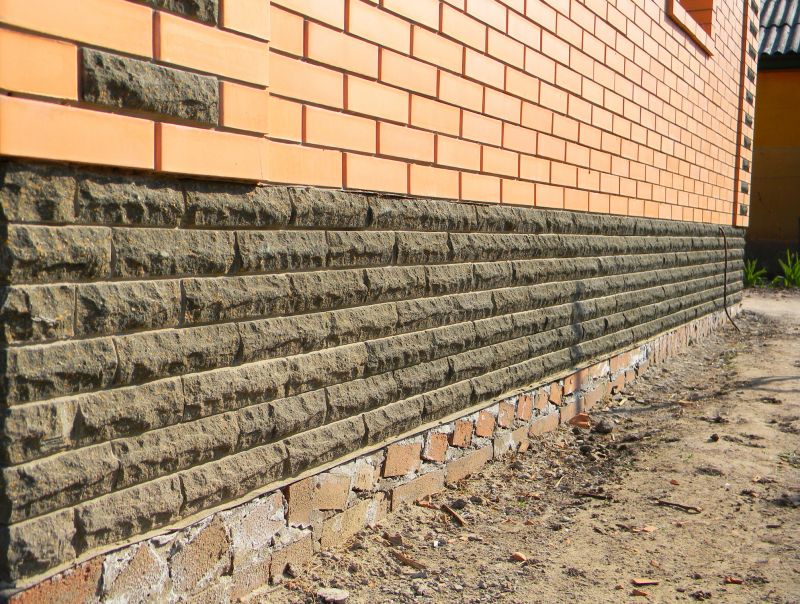
High-end options that actually feel worth it for Foundation Repairs.
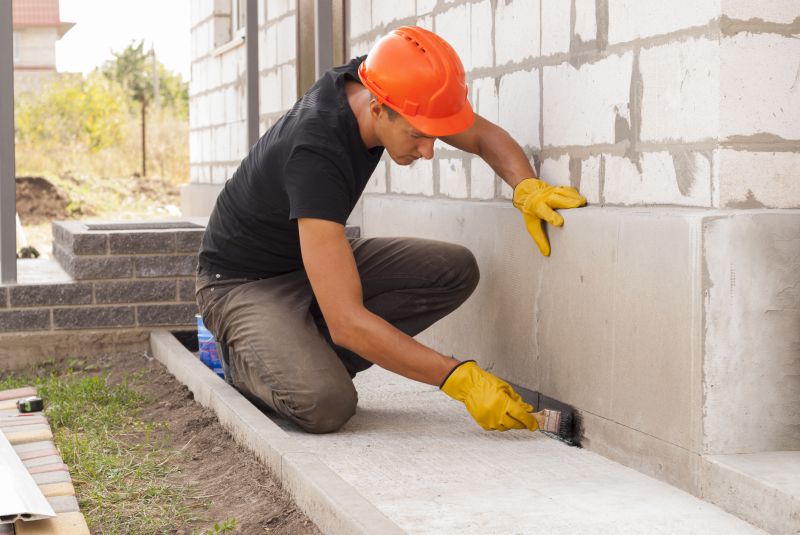
Finishes and colors that play nicely with Foundation Repairs.
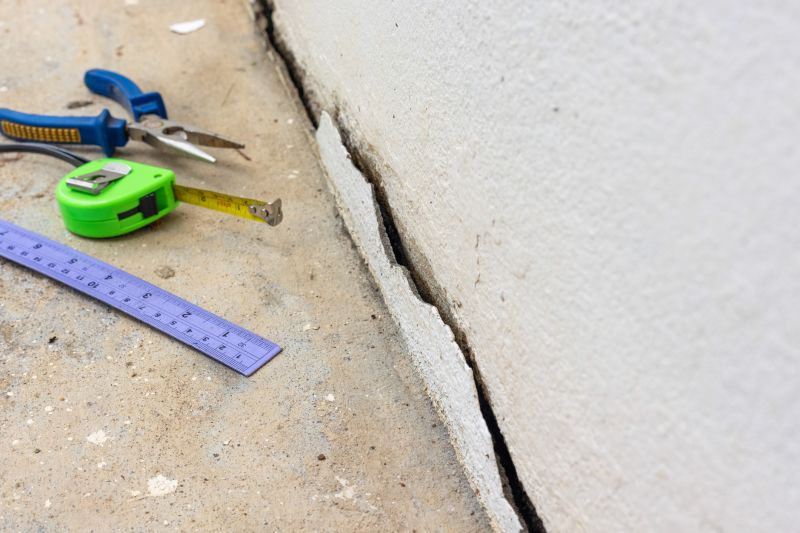
Little measurements that prevent headaches on Foundation Repairs day.
| Season | Optimal Conditions |
|---|---|
| Spring | Moderate temperatures, balanced soil moisture |
| Summer | Longer days, warmer weather, dry soil conditions |
| Fall | Cooler temperatures, increased soil moisture |
| Winter | Cold temperatures, ground freezing |
Foundation repairs involve addressing issues such as settling, cracking, and shifting that can compromise the stability of a structure. Timely intervention can prevent costly damages and extend the lifespan of a property. Factors influencing the best timing include soil conditions, weather patterns, and the type of repair required. Proper planning ensures that repairs are effective and durable, reducing the risk of future problems.
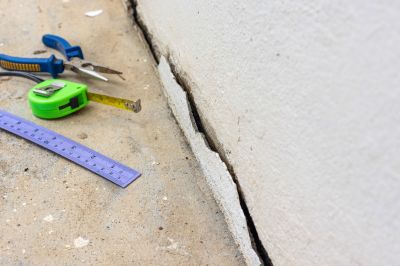
A 60-second routine that keeps Foundation Repairs looking new.
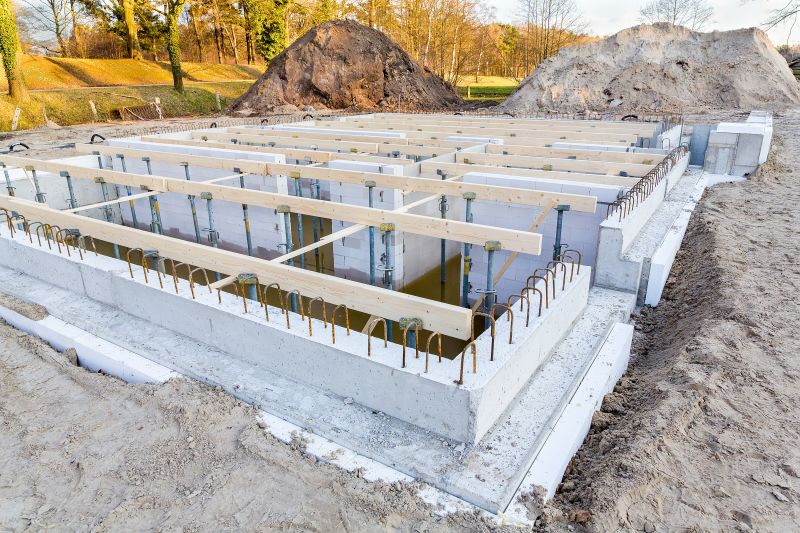
A frequent mistake in Foundation Repairs and how to dodge it.
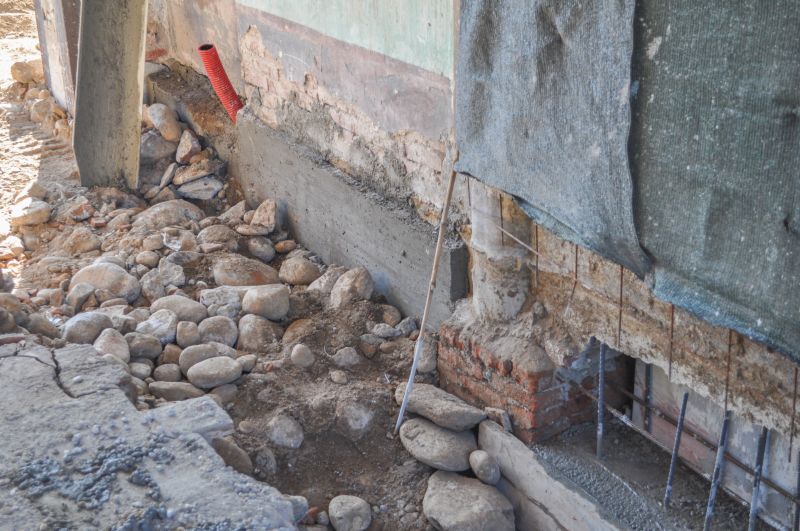
Small tweaks to make Foundation Repairs safer and easier to use.

Lower-waste or water-saving choices for Foundation Repairs.

The short, realistic tool list for quality Foundation Repairs.
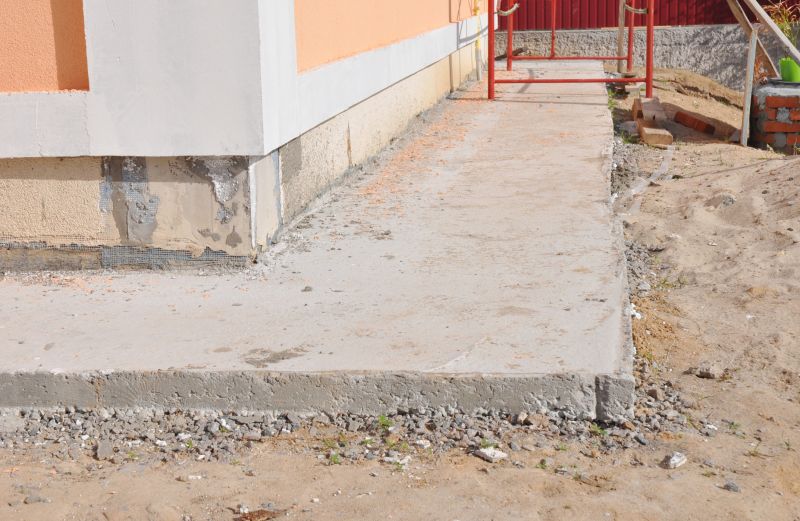
Rough timing from prep to clean-up for Foundation Repairs.
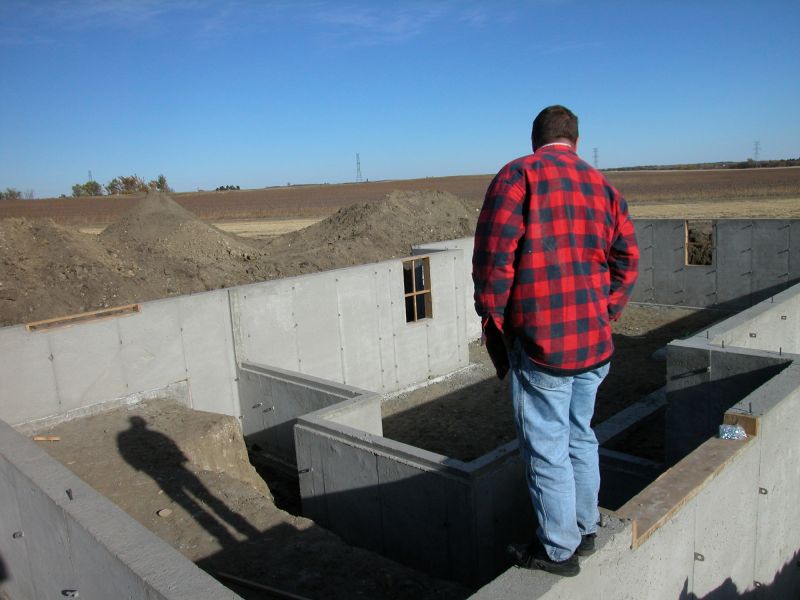
Quick checks and paperwork to keep after Foundation Repairs.

Examples that show the impact a good Foundation Repairs can make.
Choosing the right time for foundation repairs can significantly influence the success of the project. Weather conditions, soil stability, and project scope are key considerations. Consulting with foundation specialists can help determine the most suitable schedule to ensure long-lasting results.
Cracks in walls, uneven floors, and sticking doors may indicate foundation problems requiring professional assessment.
Addressing foundation issues early can prevent structural damage and reduce repair costs.
Common methods include underpinning, piering, and slabjacking, selected based on specific foundation conditions.
Repair costs depend on the extent of damage, repair type, and site accessibility.

